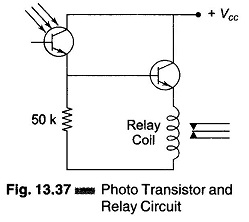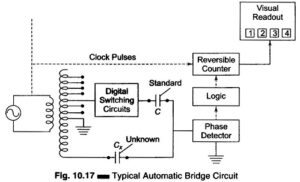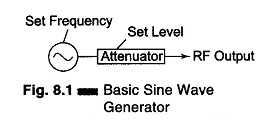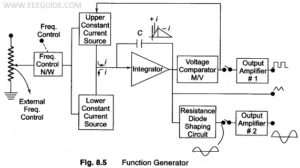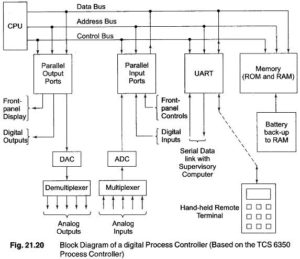PLC Definition(Programmable Logic Controller or Programmable Controller):
PLC Definition – Programmable Logic Controller (PLC) or commonly simply called a Programmable Controller, is a solid state, digital, industrial computer.
It is a device that was invented to replace the necessary sequential relay circuits for machine control. The PLC basically operates by looking at its inputs and depending upon their state, turning on/off its output. The user enters a program, normally through software, that gives the desired results.
PLCs are used in many real world applications such as machining, packaging, material handling, automated assembly, etc. Almost any applications that need some type of electrical control has a need for a PLC.
Let’s assume that when a switch turns ON, we want to turn a solenoid ON for 10 seconds and then turn it OFF regardless of how long the switch is ON for. This can be done by a simple external timer. But if the process included 10 or more switches and solenoids, then we would need 10 or more external timers. But if the processes also needed to count how many times the switches individually turned ON, then a lot of external counters would be needed. As can be seen, the bigger the process, the more important is the need of a PLC. The PLC can be simply programmed to count its inputs and turn the solenoids ON for the specified time.
Since the PLC is a computer it should be told what to do. The PLC knows what to do through a program that is developed and then entered into its memory. The PLC however, without a set of instructions, is just a black box . consisting of electronic components only.
A PLC can control devices such as limit switches, push button, proximity or photo-electric sensors, float switches or pressure switches, etc. to provide the incoming control signals into the unit. The incoming control signal is called the INPUT. These control signals or inputs, interact with the instructions specified in the user program, telling the PLC how to react to the incoming signals. The user program also directs the PLC on how to control field devices such as motor starters, pilot lamps and solenoids. A signal going out of the PLC control to a field device is called an OUTPUT.
PLC can also be defined as per National Electrical Manufacturer Association (NEMA) as a digitally operated electronic system, designed for use in industrial environment, which uses a programmable memory for internal storage of user-oriented instructions for implementing specific functions such as logic, sequencing, timing, counting and arithmetic to control, through digital or analog inputs and outputs, various types of machines or processes. Both the PLC Definition and its associated peripherals are designed so that they can be easily integrated into an industrial control system and easily used in all intended functions.

